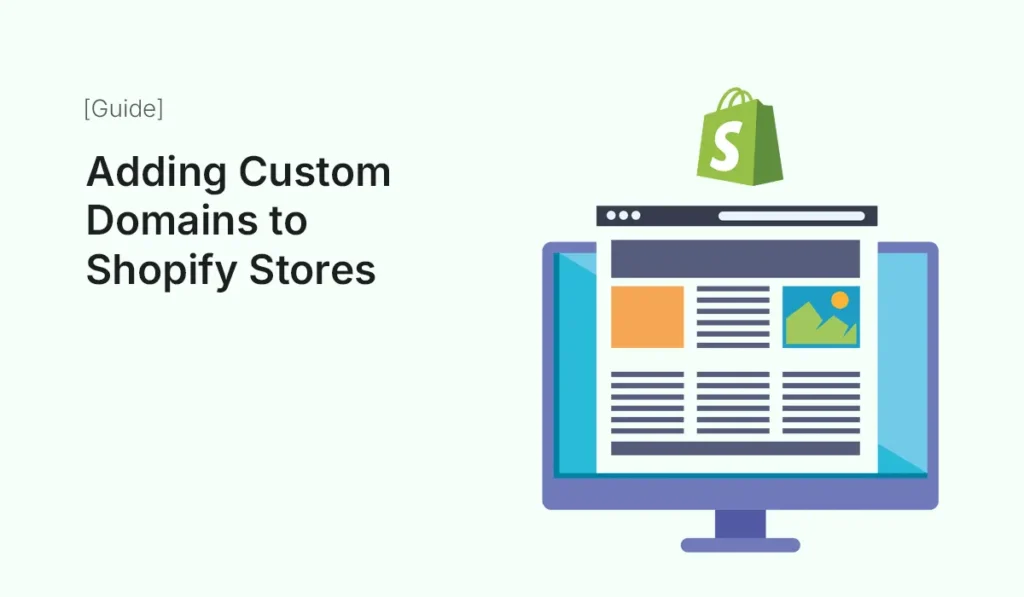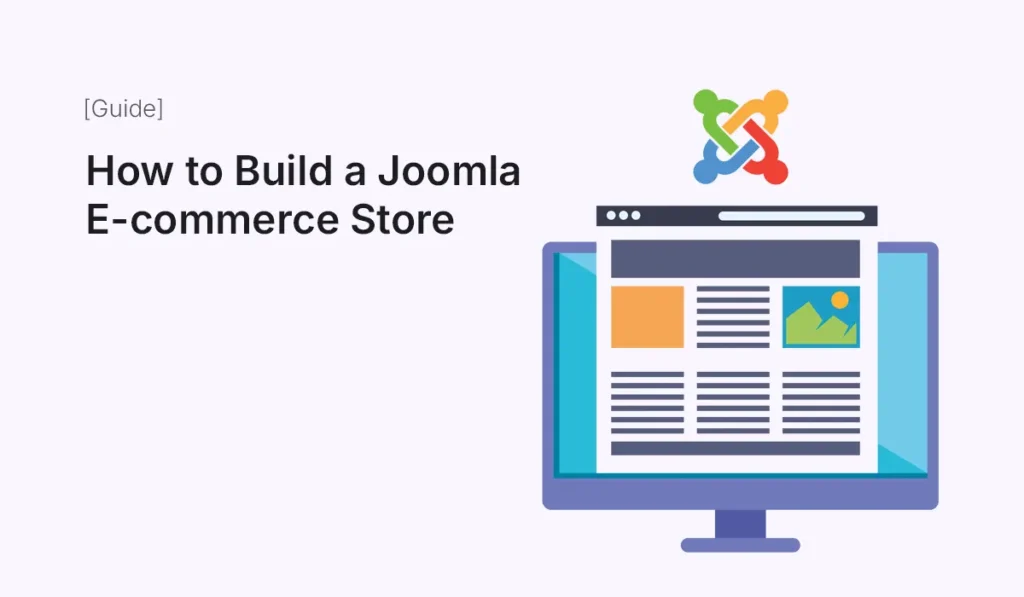Adding Custom Domains to Shopify Stores

Introduction When you create a Shopify store, it automatically comes with a free default domain such as yourstorename.myshopify.com. While this works for testing or starting out, it’s not ideal for building a professional brand. To establish credibility, trust, and recognition, you need to connect a custom domain — for example, www.yourbrand.com. Adding a custom domain to your Shopify store is one of the most important steps in building your e-commerce business. It not only enhances branding but also improves customer trust, helps with SEO, and creates a seamless shopping experience. In this guide, we’ll walk through everything you need to know about adding custom domains to Shopify stores — from buying a domain to connecting it properly, troubleshooting, and optimizing it for growth. Why a Custom Domain is Essential for Your Shopify Store Before jumping into the setup, let’s understand why you should connect a custom domain: Step 1: Choosing the Right Domain Name Your domain name is your digital identity, so choose wisely. Keep these best practices in mind: Example: Instead of bestshoesforyou123.com, go for bestshoes.com or yourbrand.com. Step 2: Buying a Domain You have two options for purchasing a custom domain for your Shopify store: Option A: Buy a Domain Directly from Shopify Option B: Buy a Domain from a Third-Party Registrar If you want simplicity, buy through Shopify. If you want flexibility (e.g., using the same domain for email hosting), a third-party registrar may be better. Step 3: Adding Your Custom Domain to Shopify Once you’ve purchased your domain, it’s time to connect it. Adding a Domain Bought from Shopify That’s it — no DNS setup required. Connecting a Third-Party Domain to Shopify Pro Tip: DNS changes may take up to 48 hours to fully propagate, though usually much faster. Step 4: Setting a Primary Domain Once your domain is connected, you can choose your primary domain: This ensures all traffic (including myshopify.com links) redirects to your custom domain, creating a seamless experience. Step 5: Adding Subdomains (Optional) A subdomain is a prefix added before your main domain (e.g., blog.yourbrand.com or shop.yourbrand.com). Step 6: Troubleshooting Common Domain Issues Even with the right setup, you might face domain issues. Here’s how to fix them: Step 7: Optimizing Your Custom Domain for SEO Once connected, optimize your domain for maximum search visibility: Step 8: Using Your Custom Domain for Emails A custom domain also lets you create professional email addresses like: You can set this up through your domain provider or use Google Workspace / Zoho Mail. Best Practices for Shopify Custom Domains Conclusion Adding a custom domain to your Shopify store is a small step with a huge impact. It instantly transforms your store from a test project into a professional, trustworthy, and SEO-friendly online business. Whether you buy your domain from Shopify or a third-party registrar, the process is straightforward. Once connected, you’ll enjoy stronger branding, more trust, and better search engine rankings. Ready to build trust and boost SEO? Start adding custom domains to Shopify stores today and take your online business to the next level!
How to Build a Joomla E-commerce Store

Building an e-commerce store can seem overwhelming, but with Joomla, it becomes much more manageable. Joomla is a flexible, open-source content management system (CMS) that provides everything you need to launch a professional online store. By combining Joomla with the right extensions and templates, you can create a powerful e-commerce website that is both functional and visually appealing. In this step-by-step guide, we’ll cover everything beginners need to know about building a Joomla e-commerce store, from installation to launching your first product. Why Choose Joomla for E-commerce? Joomla is a strong competitor in the CMS world, and when paired with e-commerce extensions, it can rival platforms like Shopify or WooCommerce. Here’s why: Step 1: Set Up Joomla Before building your store, you need a working Joomla installation. Once installed, you’ll have a blank Joomla site ready to customize. Step 2: Pick an E-commerce Extension Joomla does not include built-in e-commerce features, so you’ll need an extension. Popular choices: Choose based on your store’s needs—HikaShop and VirtueMart are excellent for scalability, while J2Store is great for quick setups. Step 3: Install an E-commerce Template Your store’s design plays a huge role in conversions. Joomla templates designed for e-commerce include product grids, checkout pages, and built-in shop modules. After installing your template, customize colors, fonts, and layouts to match your brand identity. Step 4: Configure Your E-commerce Extension Once installed, configure your chosen extension: Most extensions provide guided setup wizards to simplify this process. Step 5: Add Products to Your Store Products are the core of your e-commerce website. To add products: High-quality product images and clear descriptions are essential for boosting conversions. Step 6: Optimize Checkout & Cart A smooth checkout experience reduces cart abandonment. Testing your checkout process before launch ensures a hassle-free experience. Step 7: Enhance with Essential Extensions To improve your Joomla e-commerce store, consider adding: These tools make your store safer, faster, and more profitable. Step 8: Test Before Launch Before making your store live: Fixing issues before launch helps avoid frustrating your first customers. Step 9: Launch & Market Your Store Once everything is tested, it’s time to launch. Marketing is just as important as design and functionality—keep promoting consistently. Conclusion Building an online store with Joomla is both flexible and rewarding. By combining Joomla with an e-commerce extension like HikaShop, VirtueMart, or J2Store, you can create a professional online store tailored to your business needs. From setup and product management to checkout optimization and marketing, Joomla provides all the tools to run a successful e-commerce business. If you’re ready to start selling online, Joomla is a fantastic CMS choice that balances power, flexibility, and ease of use. Start your online business today! Follow this step-by-step guide to build your Joomla e-commerce store and launch a professional, scalable, and profitable online shop.
